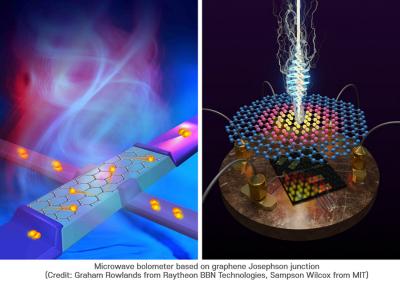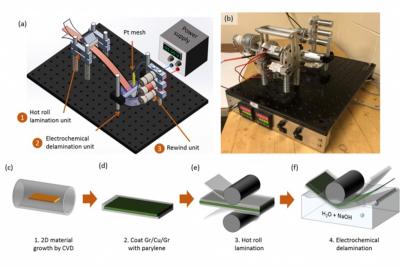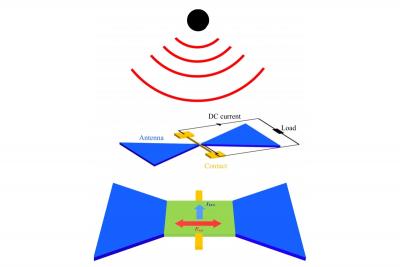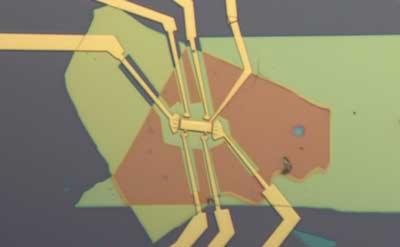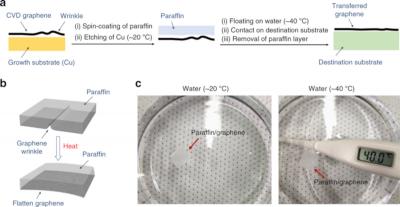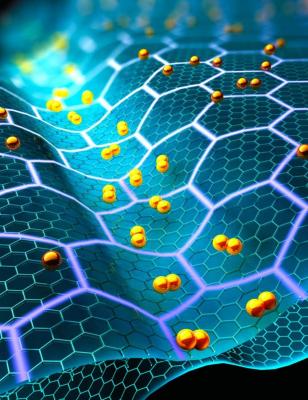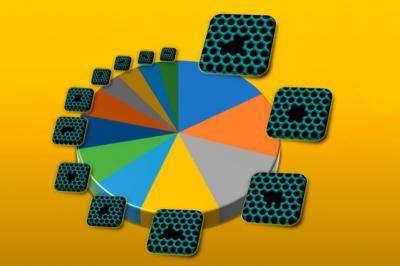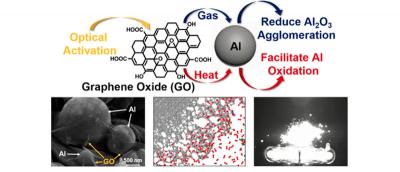Scientists discover important new property of graphene
MIT researchers and colleagues have discovered a new and important electronic property of graphene. The work, which involves structures composed of atomically thin layers of materials that are also biocompatible, could usher in new, faster information-processing paradigms. One potential application is in neuromorphic computing, which aims to replicate the neuronal cells in the body responsible for everything from behavior to memories.
Graphene-based heterostructures continue to produce fascinating surprises. Our observation of unconventional ferroelectricity in this simple and ultra-thin system challenges many of the prevailing assumptions about ferroelectric systems and it may pave the way for an entire generation of new ferroelectrics materials, says Pablo Jarillo-Herrero, the Cecil and Ida Green Professor of Physics at MIT and leader of the work, which involved a collaboration with five other MIT faculty from three departments.
